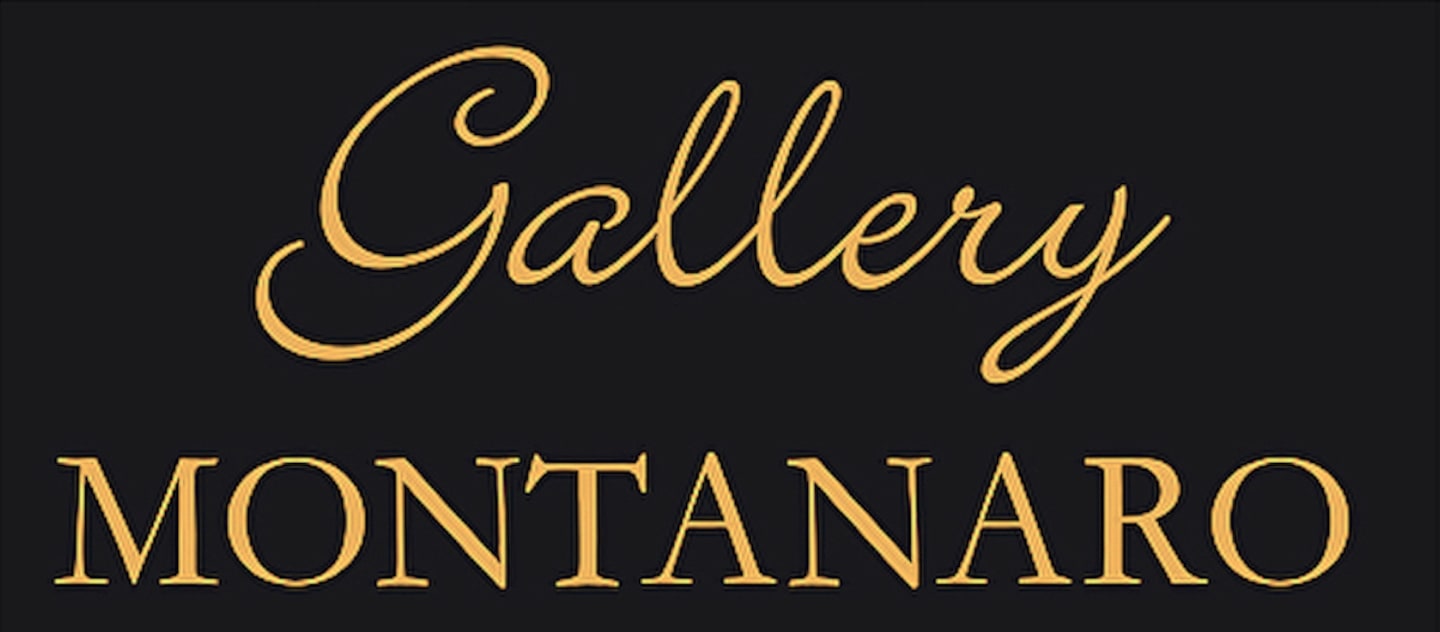George Loftus Noyes (1864-1954)
Noyes was a distinguished American Impressionist painter associated with the Boston School. Born in Bothwell, Canada West (now Ontario) in 1864 to American parents, Noyes became a leading figure in Boston's art scene in the early 20th century, known especially for his landscapes and still life paintings.
He began his formal training in the early 1880s at the Massachusetts Normal School under George Bartlett, later continuing his studies in Paris at the Académie Colarossi from 1890 to 1893. There, he was deeply influenced by French painter Jean-André Rixens, whose impact is especially evident in Noyes’ still life work.
Noyes exhibited widely, with works shown at prestigious institutions such as the Pennsylvania Academy of the Fine Arts, the Art Institute of Chicago, and the Corcoran Gallery in Washington, D.C. He was an active member of several art organizations, including the North Shore Art Association, the Boston Art Society, and the Guild of Boston Artists.
In the summer of 1901, he taught in Annisquam, Massachusetts, where one of his early students was Newell Convers Wyeth—better known as N.C. Wyeth. Wyeth later studied with Noyes again in 1921, remarking, “His color knowledge is superb and I think he will give me much help at this juncture.”
Noyes worked primarily at the Fenway Studios on Ipswich Street in Boston, a hub for many of the city’s most prominent artists at the time, including Lilla Cabot Perry, Edmund Tarbell, and Joseph DeCamp.
Tragically, a barn fire in 1939 destroyed hundreds of his paintings, a loss that deeply affected him in his later years. Noyes passed away in Peterborough, New Hampshire, in 1954. Although his name faded somewhat after his death, there has been renewed interest in his work, and his contributions to American Impressionism are once again gaining recognition.


